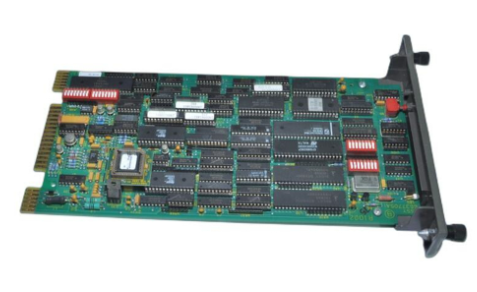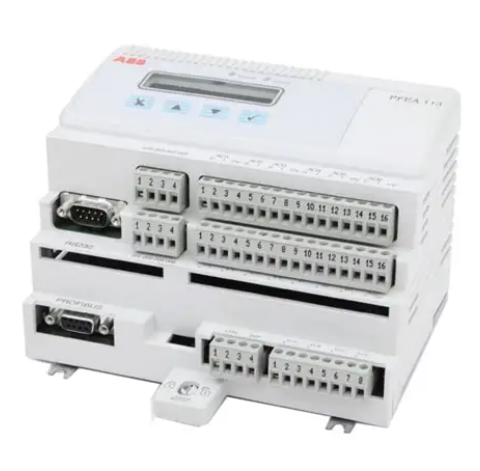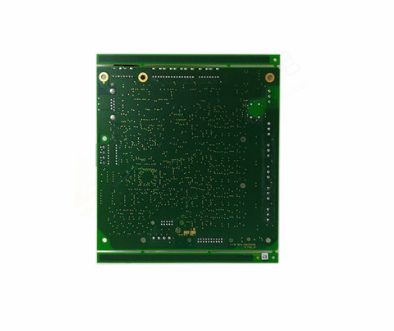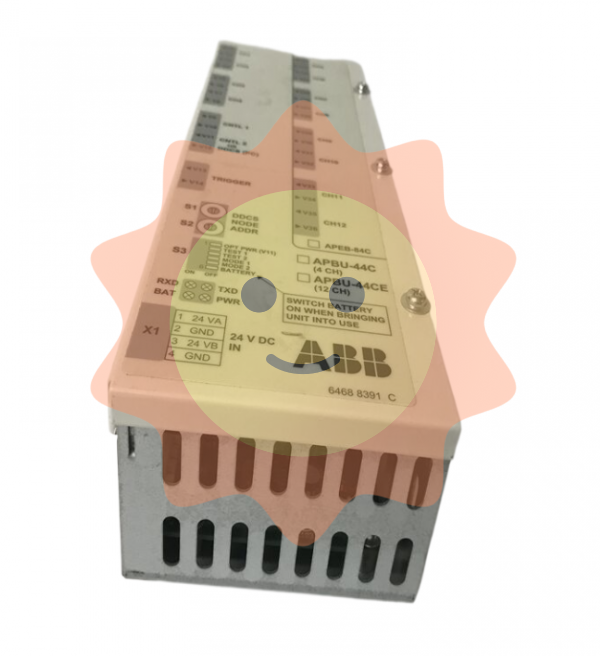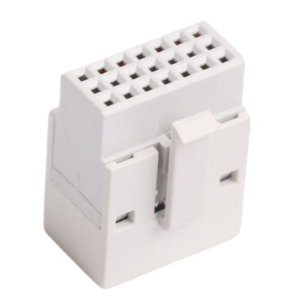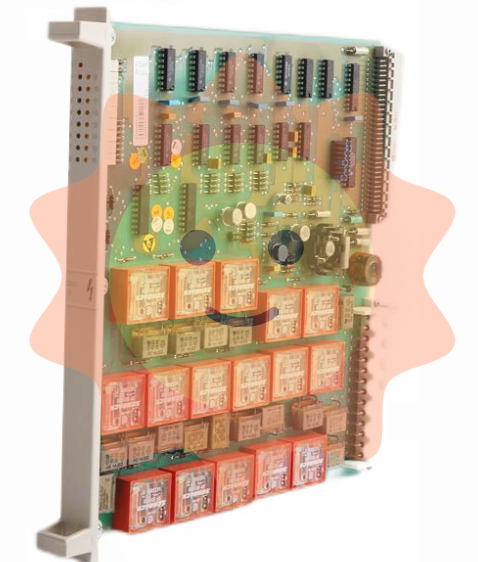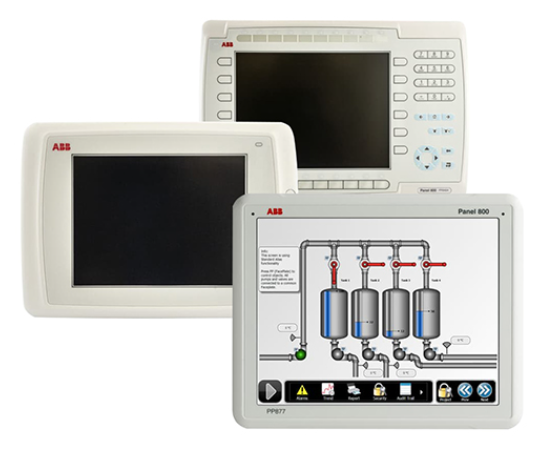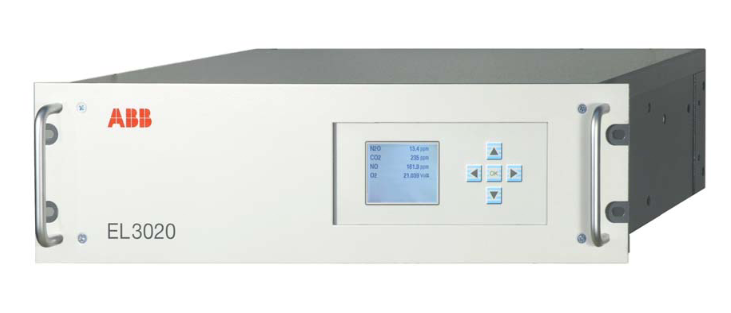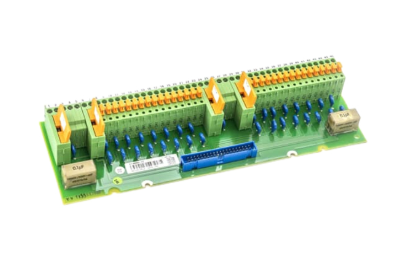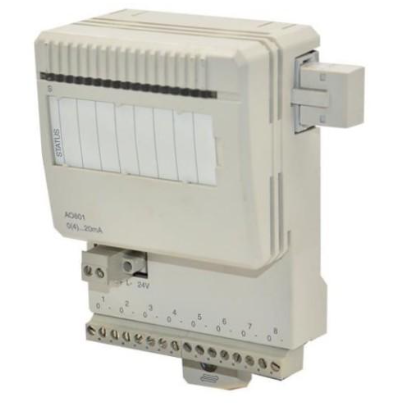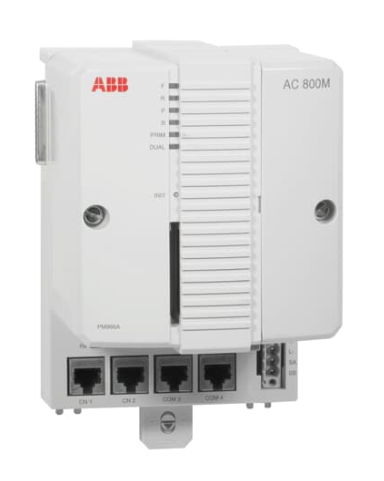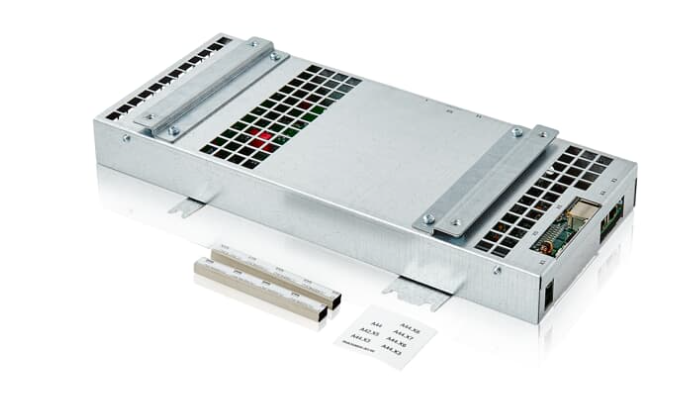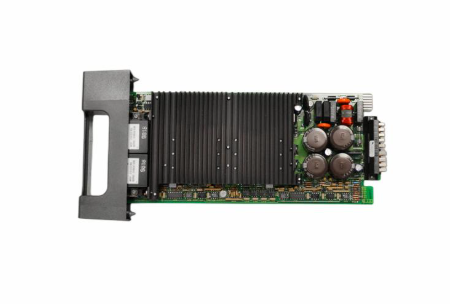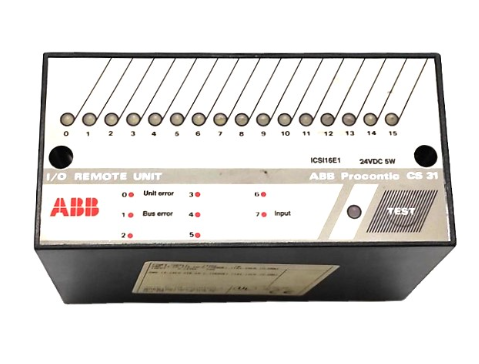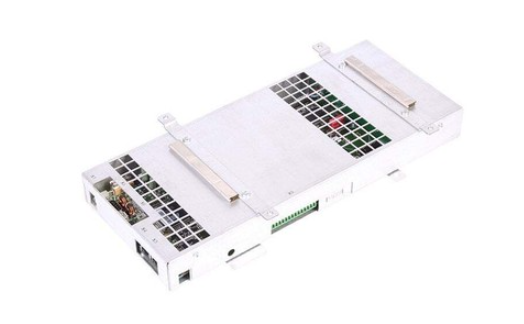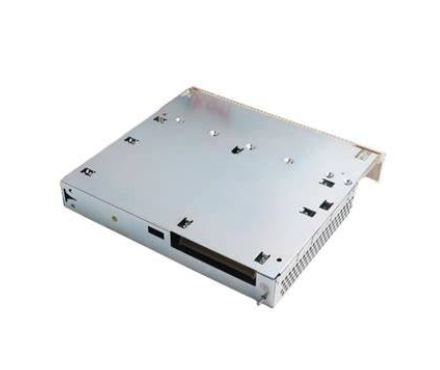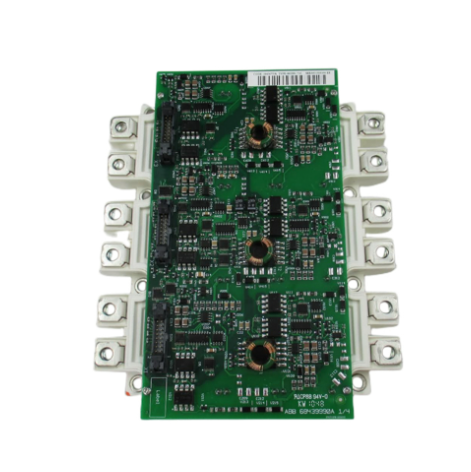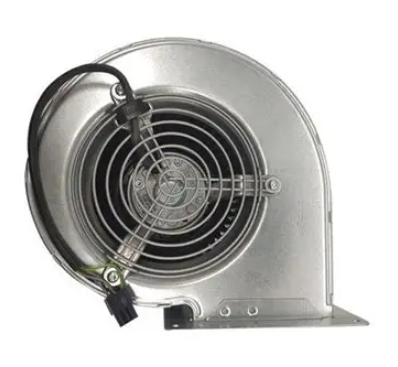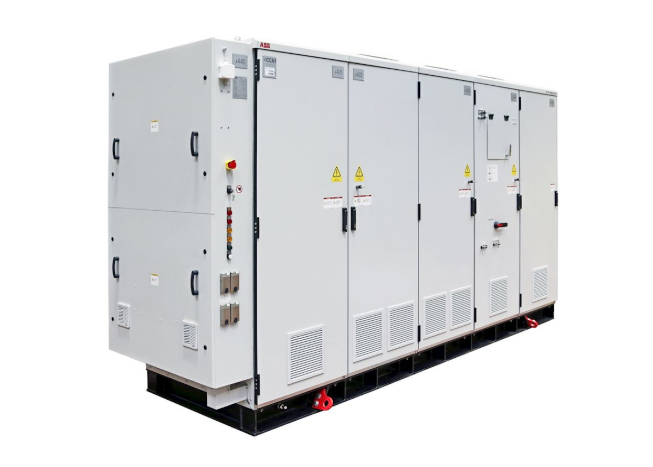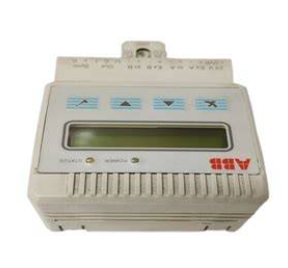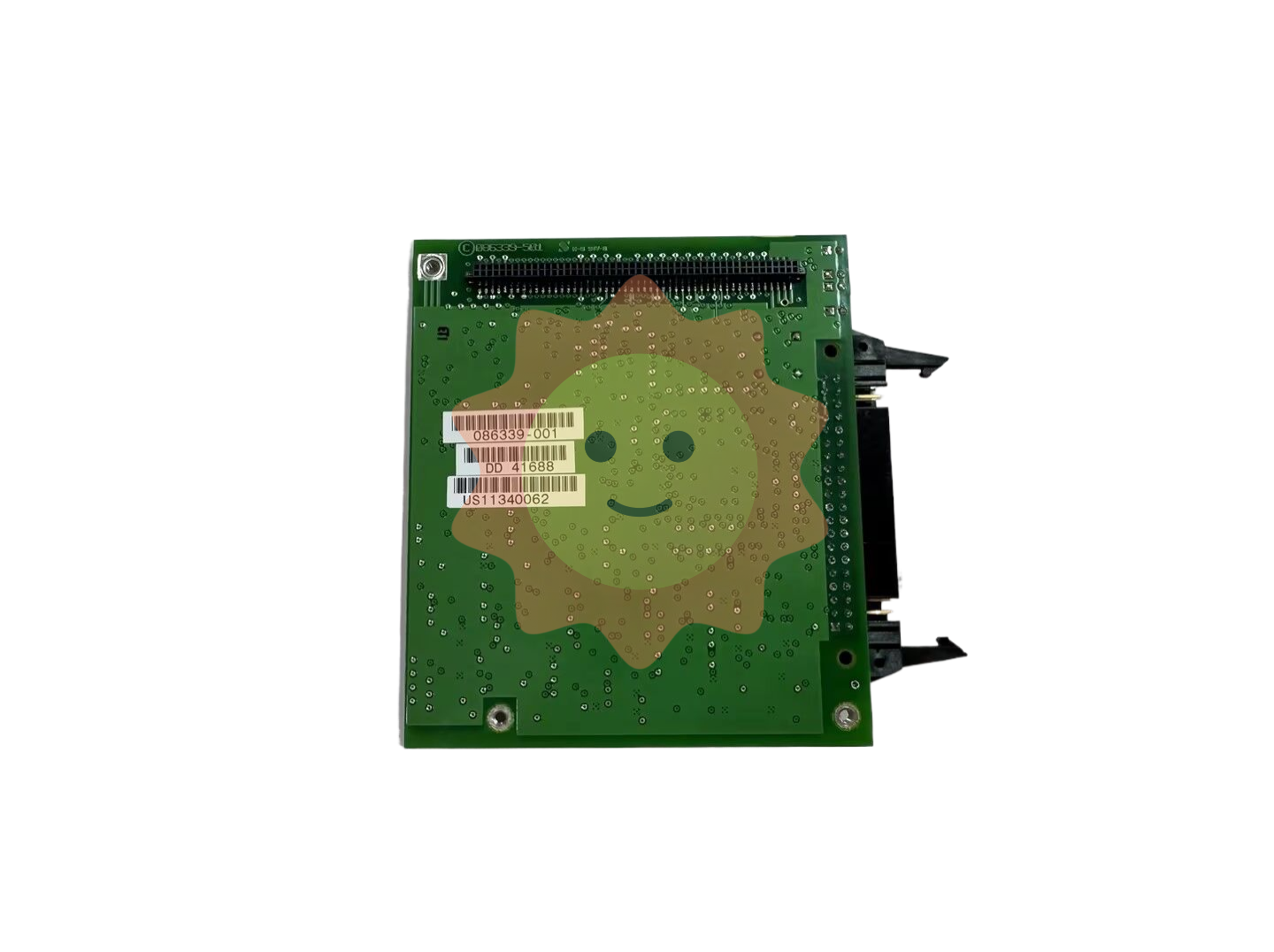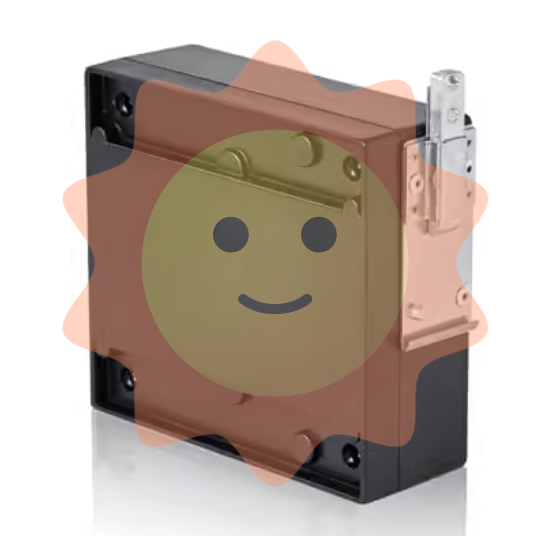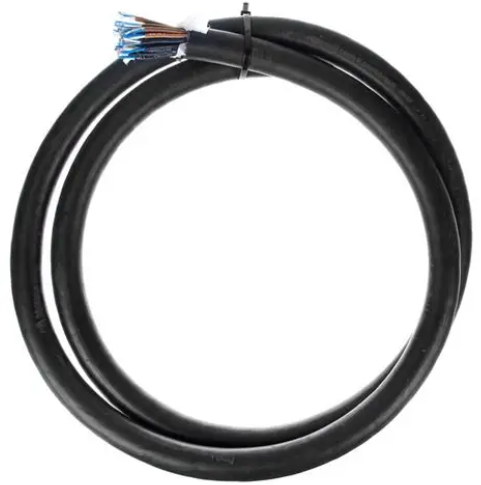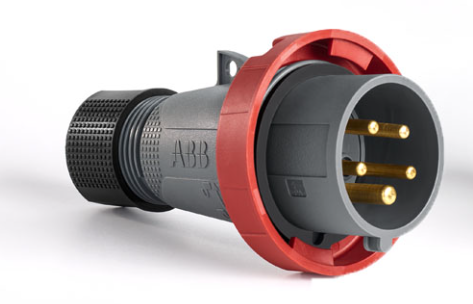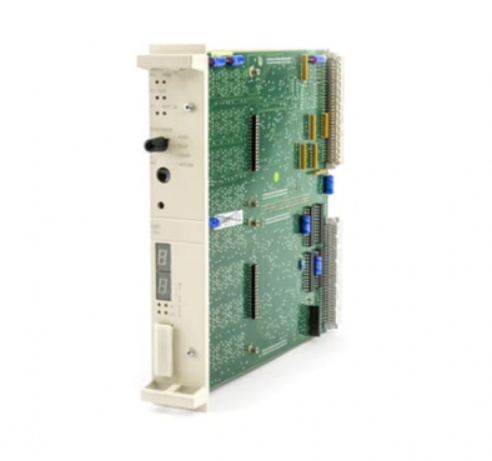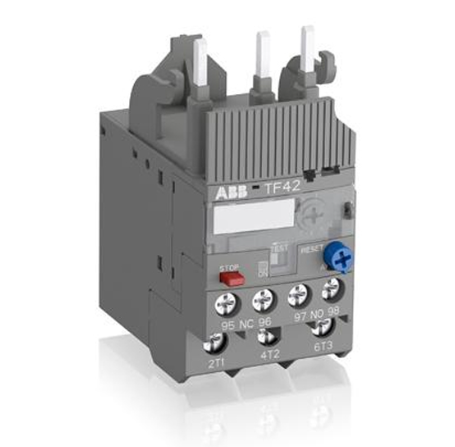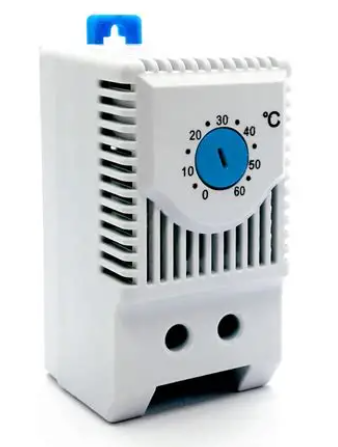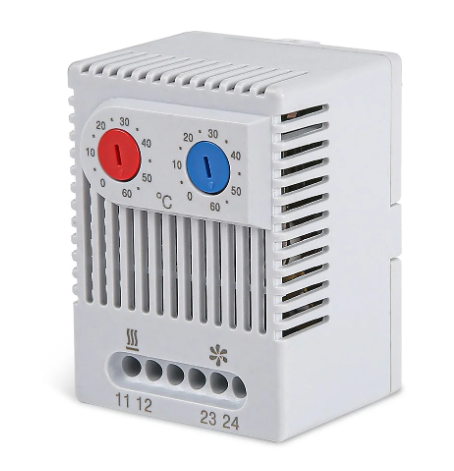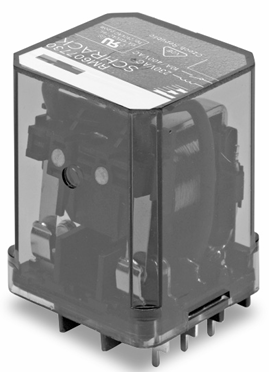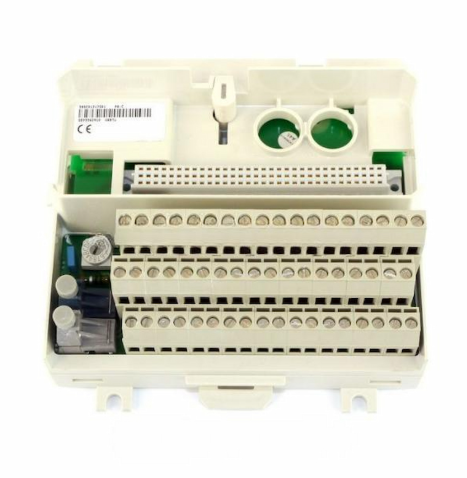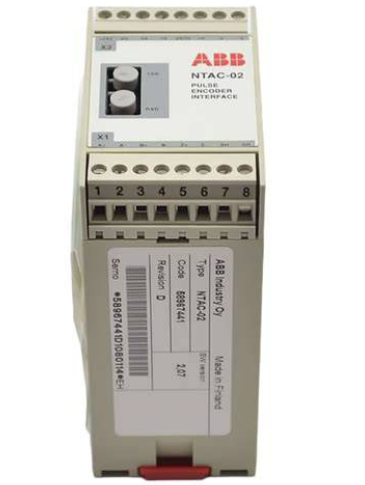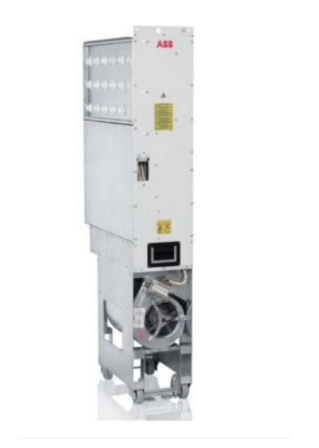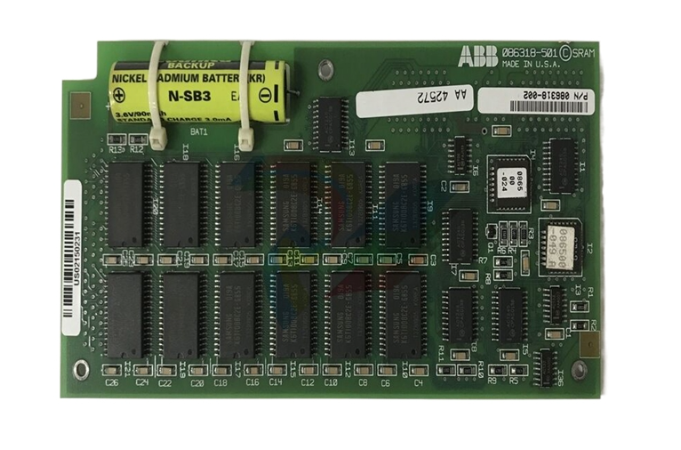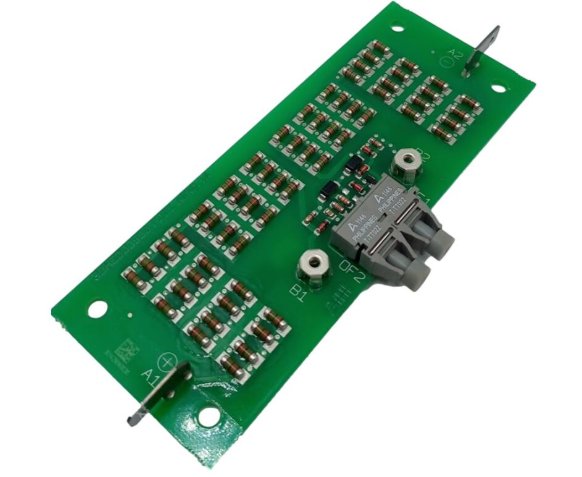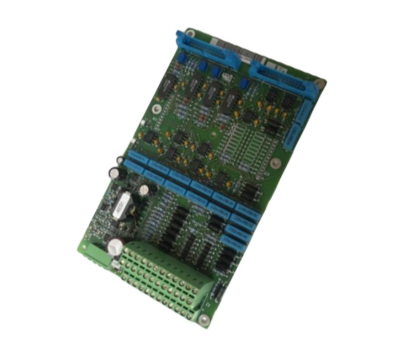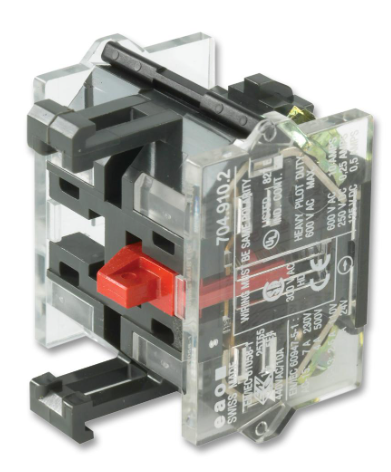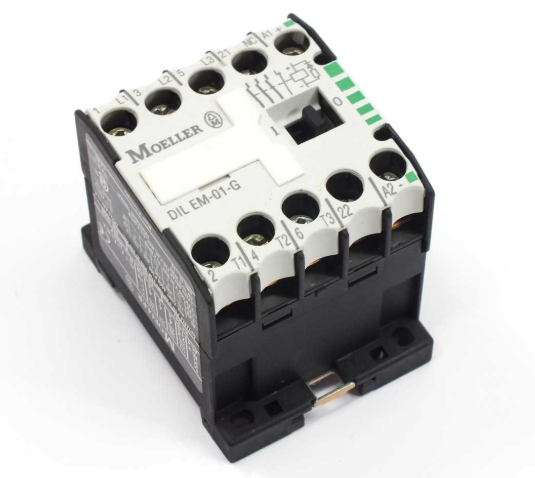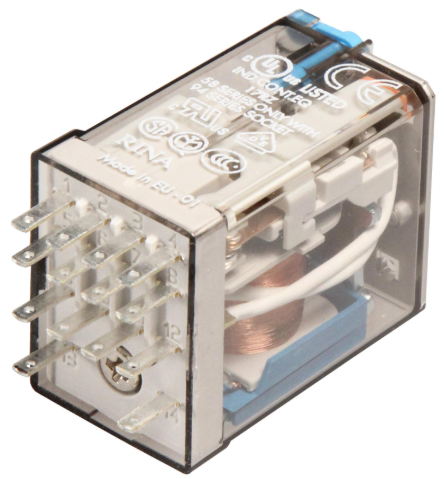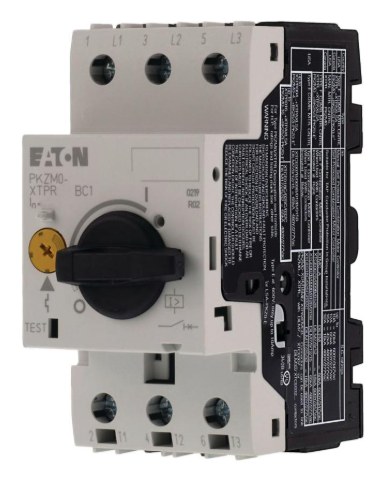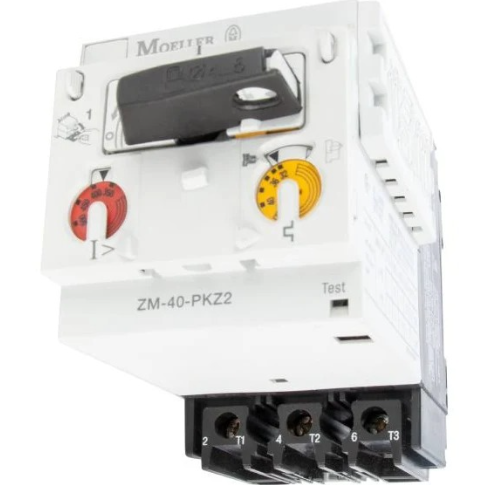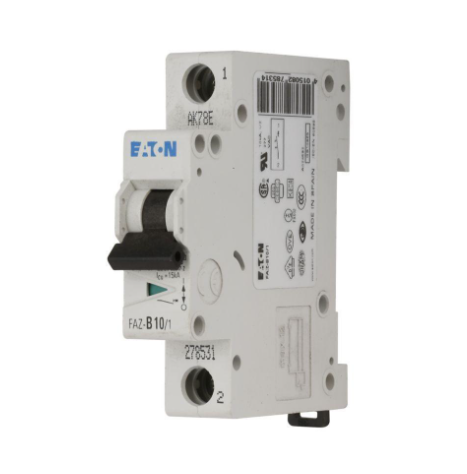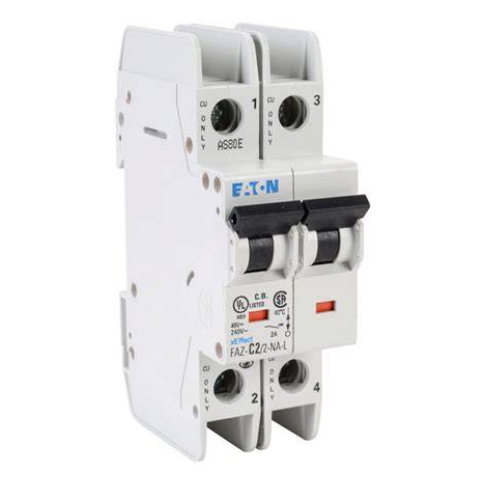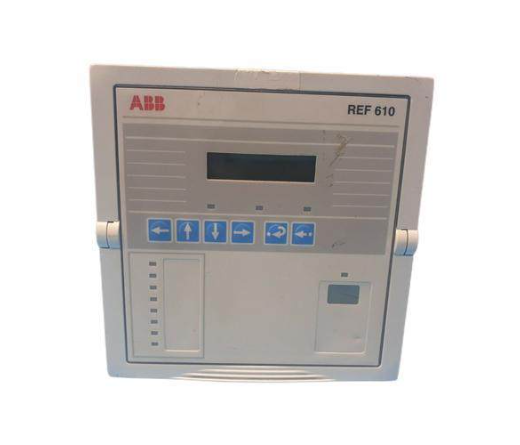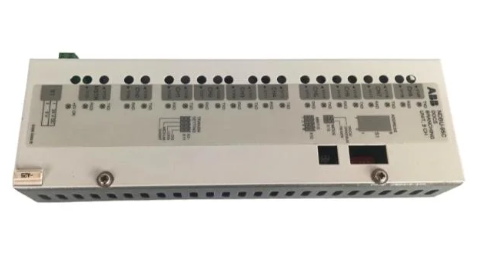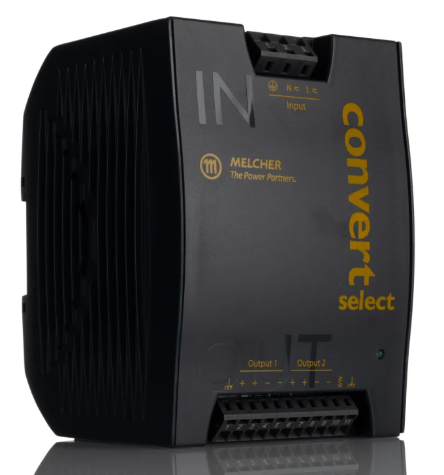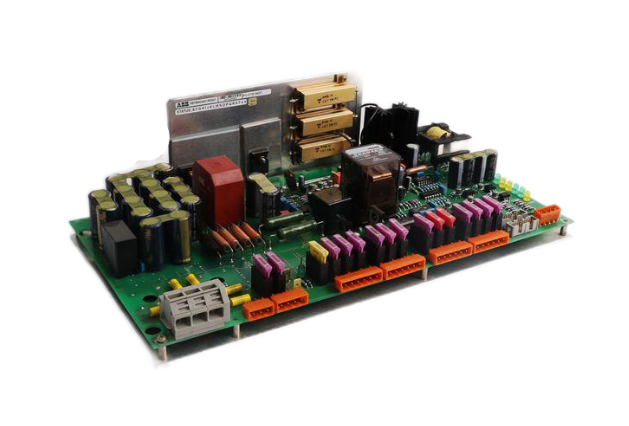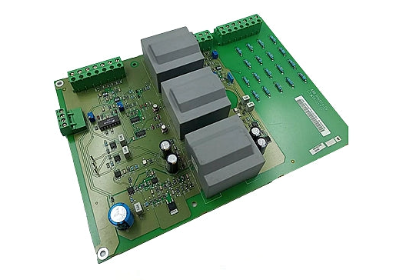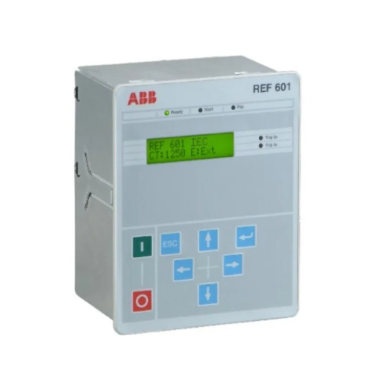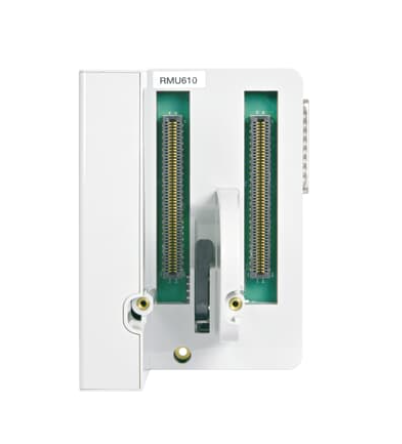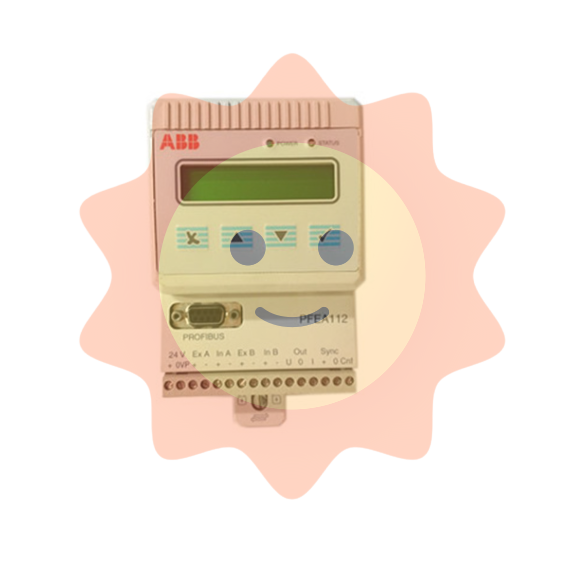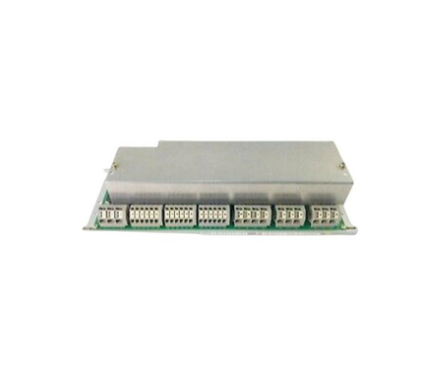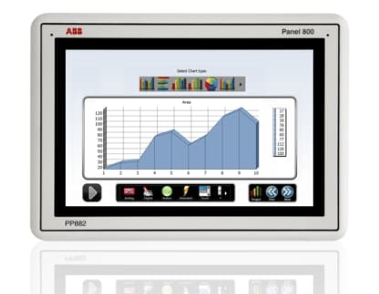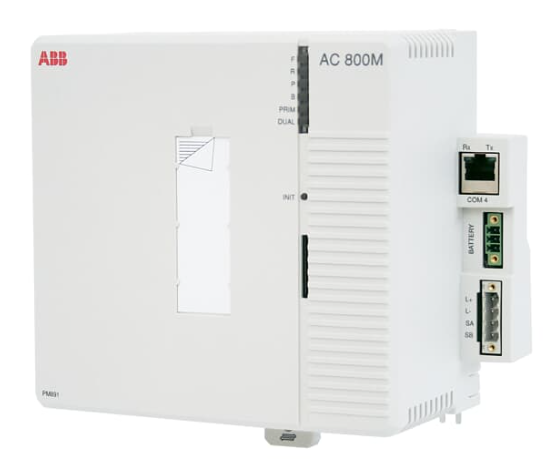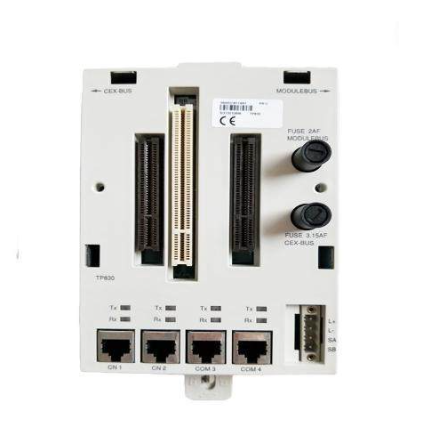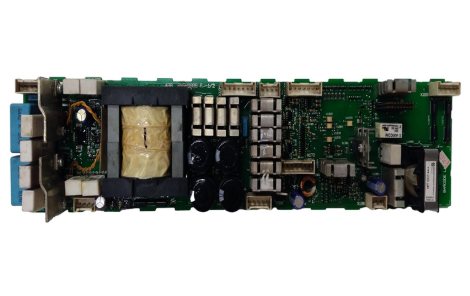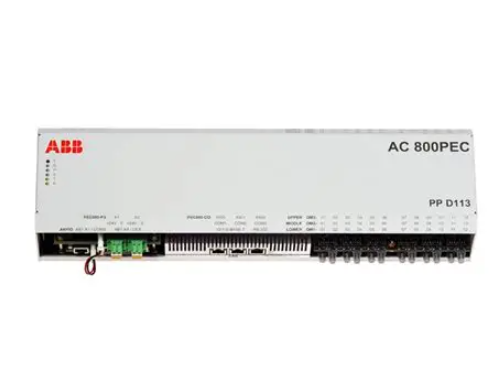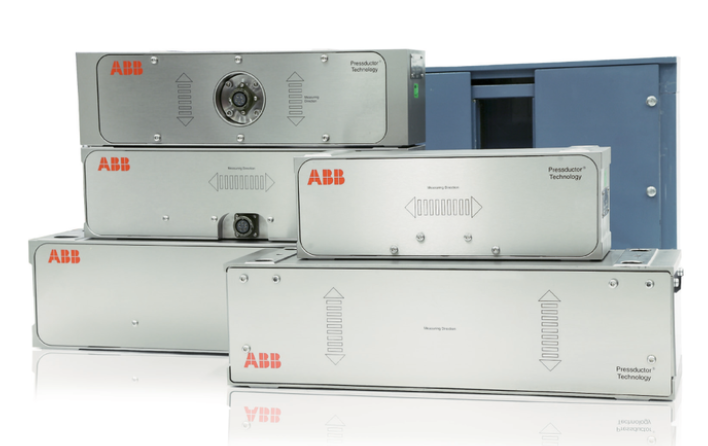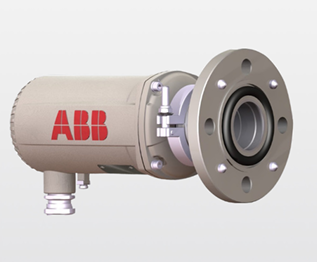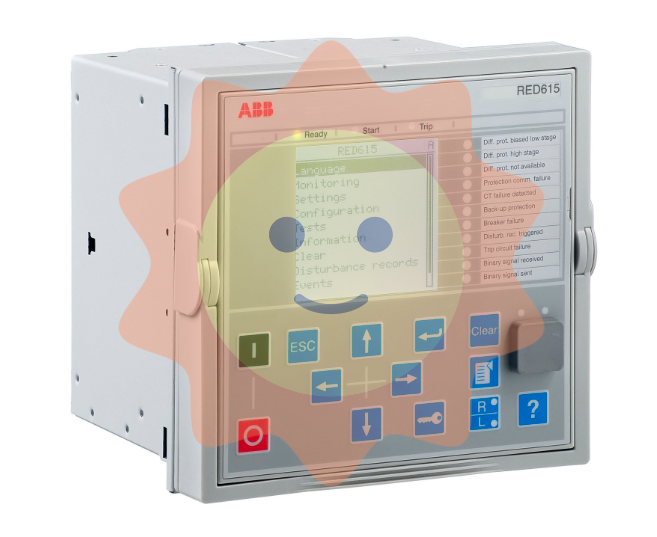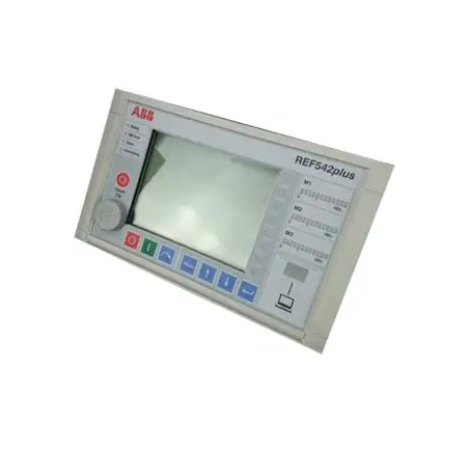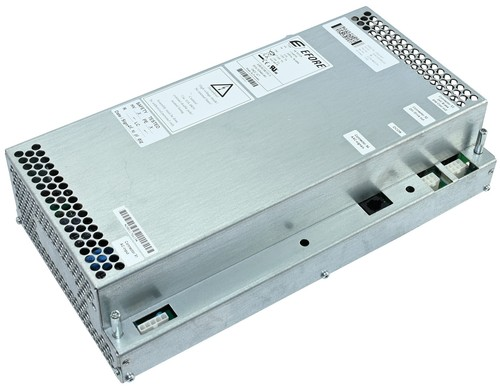Analysis of the development environment of China's smart nursing industry in 2020
I. Definition
Smart nursing is part of the construction of smart hospital. Based on modern nursing science, it takes patients as the center, focuses on clinical nursing, nursing management, smart ward, extended nursing, nursing worker management and other business scenarios, and utilizes cloud computing, big data, Internet of Things, mobile Internet, artificial intelligence and other new generation information technologies. To construct a new generation of standardized, systematic, intelligent and platform-based nursing information system. In the new era of "Internet + medical health", the development of nursing is facing new opportunities and new challenges, and nursing informatization has become the future development direction of nursing.
Intelligent nursing consists of intelligent nursing information system and regional and family health nursing system. The goal is to provide multi-level and diversified health management services for patients and other people, optimize the nursing service process, improve the efficiency of nursing service, improve nursing service experience, and realize convenient and fast scientific nursing management.
Second, PEST analysis of intelligent nursing industry
1. Policy Environment Analysis (P)
In 2016, the National Nursing Development Plan (2016-2020) issued by the National Health and Family Planning Commission clearly identified "strengthening the construction of nursing information" as one of the main tasks. Nursing information construction is imperative.

The development of smart nursing in China is late, and relevant policy documents need to be further improved. At present, there is still a lack of legislation on intelligent nursing practice for nurses in China, and the lack of standardized and authoritative access standards, scope of practice and training and assessment standards, which need to be clarified in the form of laws to protect the legitimate rights and interests of nurses.
2. Economic environment Analysis (E)
The steady development of the domestic economy provides economic support for the development of smart nursing. In 2020, China's GDP exceeded 100 trillion yuan, reaching 10.16 billion yuan. China's total health expenditure is 7.23 trillion yuan, accounting for 7.12 percent of its GDP. In order to promote the development of China's smart nursing industry, we should take advantage of the steady development of the domestic economy to increase economic support investment, and give appropriate economic support to remote areas, economically backward areas, and low-grade hospitals.
The increase in per capita disposable income provides the impetus for the development of the smart care industry. The per capita disposable income of Chinese residents increased from 18,300 yuan in 2013 to 32,200 yuan in 2020, an increase of 13,900 yuan. The per capita consumption expenditure of residents increased from 13,200 yuan to 21,200 yuan, an increase of 8,000 yuan.
3. Social Environment Analysis (S)
The aging of the population provides an opportunity for the development of smart nursing. The elderly face a higher risk of illness, comorbidity and even death, and have a greater demand for care. As the main service object of care, the elderly are relatively conservative in character and have psychological resistance to smart care. In addition, their information level is relatively low, which affects their use of smart care-related mobile devices and terminals.
According to the National Bureau of Statistics, the number of people aged 65 and above in China will reach 191 million in 2020, an increase of 14 million from 177 million in 2019, accounting for 13.5% of China's total population, an increase of 0.9 percentage points from the previous year.

According to the "Report on the Development Trends and Investment Decision Recommendations of China's Smart Nursing Industry in 2021-2027" released by Zhiyan Consulting, the number of registered nurses in China will be 4.709 million in 2020, and the number of registered nurses per 1,000 population is only 3.34. At present, there is a shortage of clinical front-line nurses in China, which is far from meeting the domestic medical needs. The development of intelligent nursing can not only reduce the work intensity of nurses, improve the efficiency of nursing services, but also enable nurses to quickly obtain patient information, facilitate the grasp of disease changes, and improve the quality of nursing.
4. Technical Environment Analysis (T)
The development of smart nursing benefits from the development of information technologies such as cloud computing, big data, and the Internet of Things. At present, China has elevated the "Internet +" strategy to the height of the national strategy, the state has increased investment in Internet of Things infrastructure, promoted technological innovation under the "Internet +", and information construction has entered the "fast lane". In 2020, China's Internet enterprises above designated size will invest 78.8 billion yuan in research and development, an increase of 47% year-on-year.
Compared with traditional database technology, cloud computing costs less, has obvious advantages in security and reliability, and is used in hospital information management for management platform services, data storage services, remote medical services, etc. Compared with traditional data applications, big data has obvious advantages of convenient data acquisition and prediction and high application value. The Internet of Things connects all items to the Internet through information sensing devices such as radio frequency identification to achieve intelligent identification and management, which is the third wave of the development of the world information industry after the Internet.
- EMERSON
- Honeywell
- CTI
- Rolls-Royce
- General Electric
- Woodward
- Yaskawa
- xYCOM
- Motorola
- Siemens
- Rockwell
- ABB
- B&R
- HIMA
- Construction site
- electricity
- Automobile market
- PLC
- DCS
- Motor drivers
- VSD
- Implications
- cement
- CO2
- CEM
- methane
- Artificial intelligence
- Titanic
- Solar energy
- Hydrogen fuel cell
- Hydrogen and fuel cells
- Hydrogen and oxygen fuel cells
- tyre
- Chemical fiber
- dynamo
- corpuscle
- Pulp and paper
- printing
- fossil
- FANUC
- Food and beverage
- Life science
- Sewage treatment
- Personal care
- electricity
- boats
- infrastructure
- Automobile industry
- metallurgy
- Nuclear power generation
- Geothermal power generation
- Water and wastewater
- Infrastructure construction
- Mine hazard
- steel
- papermaking
- Natural gas industry
- Infrastructure construction
- Power and energy
- Rubber and plastic
- Renewable energy
- pharmacy
- mining
- Plastic industry
- Schneider
- Kongsberg
- NI
- Wind energy
- International petroleum
- International new energy network
- gas
- WATLOW
- ProSoft
- SEW
- wind
- ADVANCED
- Reliance
- YOKOGAWA
- TRICONEX
- FOXBORO
- METSO
- MAN
- Advantest
- ADVANCED
- ALSTOM
- Control Wave
- AB
- AMAT
- STUDER
- KONGSBERG
- MOTOROLA
- DANAHER MOTION
- Bently
- Galil
- EATON
- MOLEX
- Triconex
- DEIF
- B&W
- ZYGO
- Aerotech
- DANFOSS
- KOLLMORGEN
- Beijer
- Endress+Hauser
- MOOG
- KB
- Moxa
- Rexroth
- YAMAHA
- Johnson
- Westinghouse


Email:wang@kongjiangauto.com



